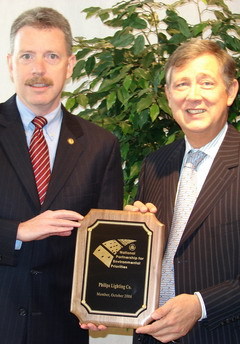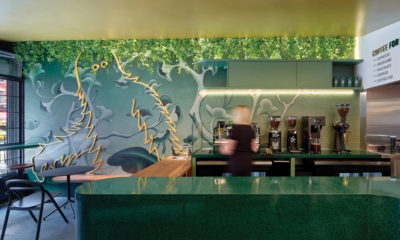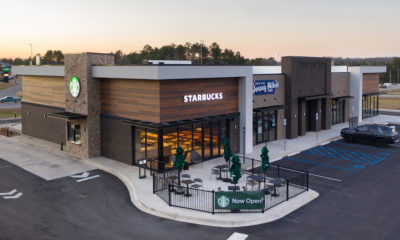The planet’s future looks a little greener thanks in part to Philips Lighting Co. (Somerset, N.J.), which announced it will reduce the amount of mercury used in the manufacturing of its fluorescent lamps by 780 pounds by the end of 2007, and eliminate the amount of lead in all of its U.S. lamp-manufacturing processes by 1.5 million pounds by 2010.
The commitment is part of a company-wide effort to meet the Environmental Protection Agency’s National Partnership for Environmental Priorities (NPEP) waste minimization standards. The EPA is recognizing Philips as the first U.S. company to launch such an effort in support of the NPEP, which is part of the EPA’s Resource Conservation Challenge, a national effort to find flexible, yet protective, ways to conserve national resources.
“Philips Lighting has demonstrated its industry leadership by undertaking waste minimization as a company-wide initiative across all of its production facilities,” said Donald Welsh, U.S. EPA regional administrator. “While other companies have committed a single plant to implement a waste minimization plan, this is an industry first and a substantial step towards reducing the levels of toxic materials in our environment.”
Philips says the effort is a natural fit with the company’s existing sustainability and eco-vision mission to manufacture and produce products with low toxicity levels. Since 1995, the company has eliminated 48,500 pounds of mercury from its lighting products.
The EPA says that Philips’s newest initiative will account for 37 percent of the EPA’s national chemical reduction goal for 2011 for all businesses and companies reporting priority chemicals.
“As Philips continues to reduce our dependence on both mercury and lead to produce our lighting products, we’ll be using less of these materials in all our plants and will help prevent higher levels of mercury from entering the environment,” said Steve McGuire, Philips’ environmental manager.
A primary target for mercury reduction will be Philips fluorescent lighting products. The company will also work to eliminate all of the lead in the base and glass sleeves of its incandescent bulbs by 2010 – none of which will affect product quality. “What consumers may notice is that their light bulbs are lasting longer and providing them with energy-efficient savings,” said Steve Goldmacher, Philips’ director, corporate communications.
Photography: Philips Lighting Co., Somerset, N.J.


 Photo Gallery1 week ago
Photo Gallery1 week ago
 Headlines4 days ago
Headlines4 days ago
 Headlines1 week ago
Headlines1 week ago
 Headlines2 weeks ago
Headlines2 weeks ago
 Headlines2 weeks ago
Headlines2 weeks ago
 Designer Dozen1 week ago
Designer Dozen1 week ago
 Headlines1 week ago
Headlines1 week ago
 Headlines3 days ago
Headlines3 days ago












